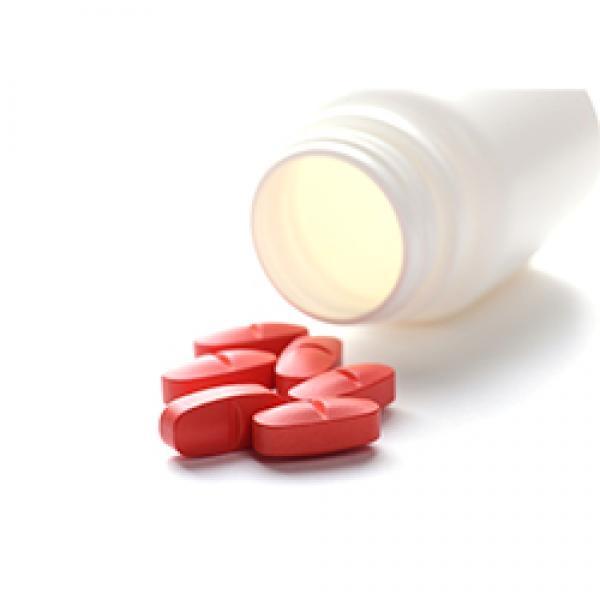Sredstva Za Sproscanje Misic: Your Guide to Muscle Relaxants
Muscle tension and spasms can disrupt daily life, causing discomfort and hindering movement. To combat this issue, many individuals turn to muscle relaxants, known in Serbian as Sredstva Za Sproscanje Misic https://lekarnaskupaj.si/sredstva-za-sproscanje-misic/. These substances help alleviate muscle stiffness and provide relief from pain. In this article, we will explore various types of muscle relaxants, their mechanisms of action, potential side effects, and natural alternatives.
What Are Muscle Relaxants?
Muscle relaxants are medications that reduce muscle tension and alleviate pain associated with muscle spasms. They are commonly prescribed for conditions such as back pain, fibromyalgia, and post-surgery recovery. The primary goal of these medications is to help patients regain mobility and improve their overall quality of life.
Types of Muscle Relaxants
Muscle relaxants are generally classified into two main categories: central nervous system (CNS) relaxants and direct-acting relaxants.
CNS Muscle Relaxants
CNS muscle relaxants work by depressing the central nervous system to reduce muscle tone. They are effective for acute muscle spasms but must be used cautiously due to their sedative effects. Some common CNS muscle relaxants include:
- Carisoprodol
- Cyclobenzaprine
- Metaxalone
- Orphenadrine
Direct-Acting Relaxants
Direct-acting muscle relaxants act directly on the muscle tissue to reduce contraction. These are generally used for more specific conditions such as neuromuscular diseases. A well-known example is:
- Dantrolene
Mechanism of Action
The mechanism by which muscle relaxants operate varies based on their type. CNS muscle relaxants often enhance the effects of gamma-aminobutyric acid (GABA), an inhibitory neurotransmitter in the brain. This leads to decreased muscle activity and relaxation of the affected muscles. In contrast, direct-acting relaxants block calcium release in muscle cells, preventing contraction and promoting muscle relaxation.
Side Effects of Muscle Relaxants
While muscle relaxants can provide significant relief, they are not without side effects. Common adverse effects might include:
- Drowsiness
- Dizziness
- Fatigue
- Dry mouth
- Nausea
Long-term use of these medications can lead to dependency, tolerance, and withdrawal symptoms. Therefore, it is crucial to follow the prescribing physician’s instructions and not self-medicate.
Natural Alternatives to Muscle Relaxants
Many individuals prefer to explore natural alternatives for muscle relaxation, seeking options that might have fewer side effects. Some effective natural remedies include:
1. Stretching and Physical Therapy
Regular stretching exercises help maintain flexibility and reduce muscle tension. Physical therapy can also provide tailored exercises and treatments for specific muscle groups.
2. Heat Therapy
Applying heat to tight muscles can improve circulation, relax the tissues, and alleviate discomfort. Heat pads or warm baths can be effective in providing relief.
3. Massage Therapy
Massage helps to improve circulation, reduce muscle tightness, and stimulate the release of endorphins, which can naturally relieve pain.
4. Herbal Remedies
Several herbs are believed to have muscle-relaxing properties, including:
- Valerian Root
- Lavender
- Chamomile
These can be consumed as teas, tinctures, or supplements. However, it is essential to consult with a healthcare provider before beginning any new supplement regimen.
Conclusion
Sredstva Za Sproscanje Misic can play a substantial role in managing muscle tension and spasms, enhancing one’s quality of life. However, it is crucial to balance the need for relief with an awareness of potential side effects and the risks of long-term use. Exploring natural alternatives may also provide effective solutions for those seeking to manage muscle tension without medications. Consult a healthcare professional to discuss the best options suited to your specific needs, ensuring you take steps toward a more comfortable, mobile life.




